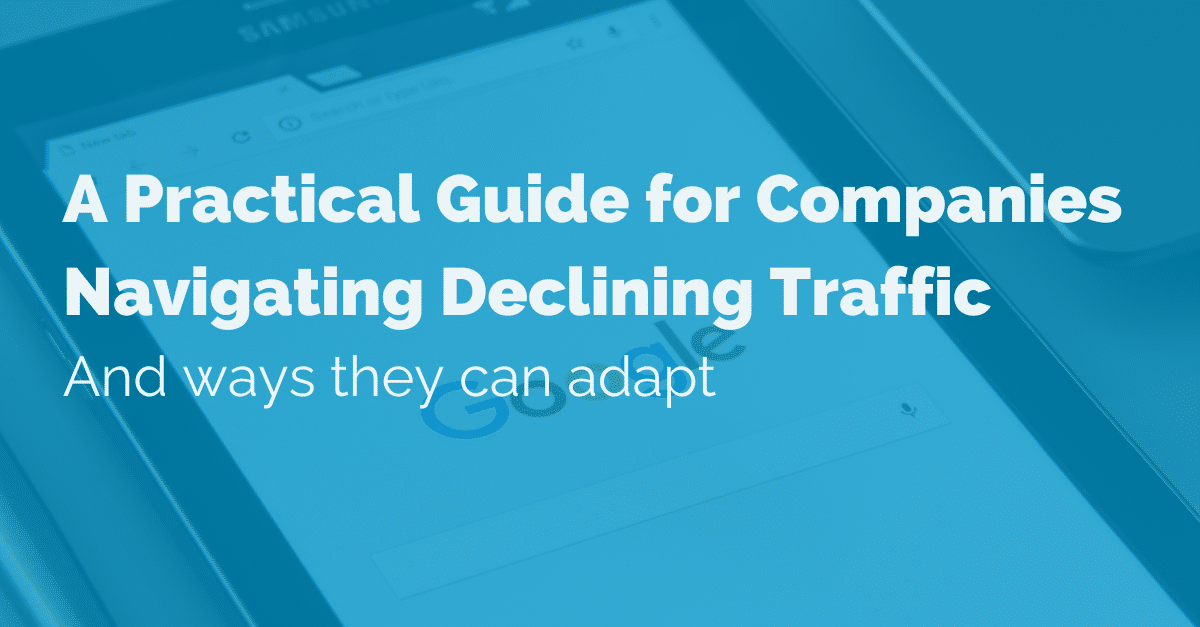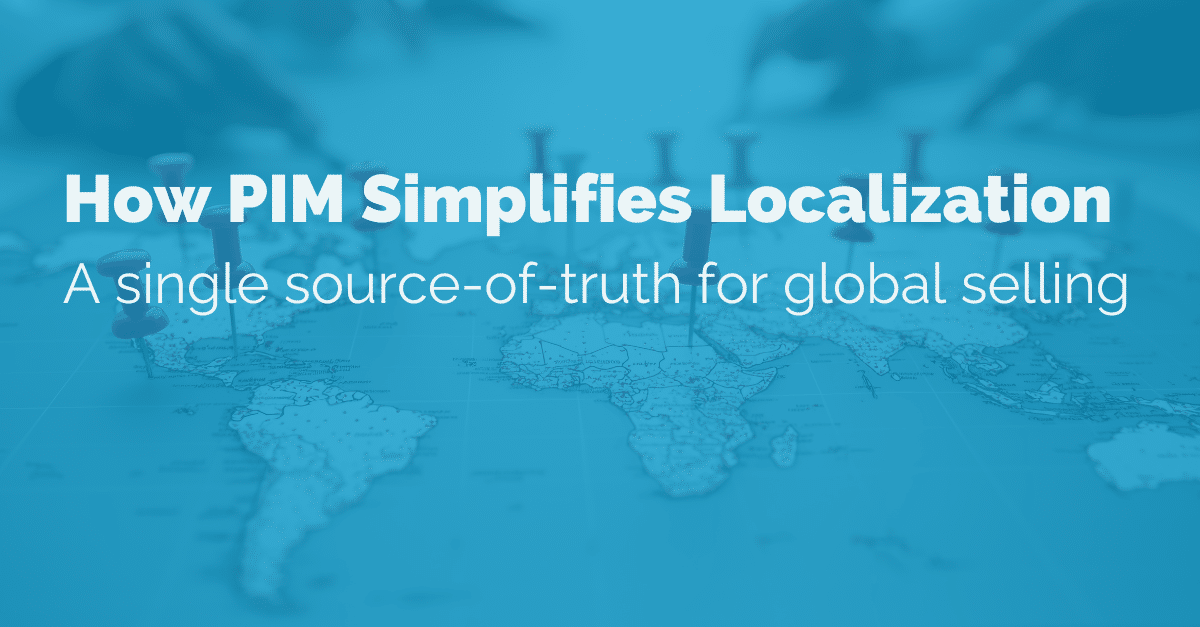Table of Contents
What is Master Data Management (MDM)?
Organizations holding more than one version of data use Master Data Management (MDM) solutions. With multiple sources of data, things typically get messy. To help, MDM software unifies people, processes, and technologies to ensure all corporate data values are consistent.
The types of data Master Data Management (MDM) manages include:
- Employee information
- Customer information
- HR data
- Finance data
Often, this data will be sourced from multiple operating systems, so Master Data Management implementation is a business-wide initiative.
What is Product Information Management (PIM)?
On the other hand, Product Information Management (PIM) is slightly different. PIM is a central hub where disparate teams manage product.
From this centralized hub, you manage, enrich, and distribute product content to all your sales channels, such as marketplaces (Amazon/eBay), or your eCommerce store.
In other words, PIM is an essential tool that enables businesses to optimize product data, accelerate their time to market, and increase revenue.
MDM vs PIM: Which is the right fit for your business?
Product Information Management (PIM) and Master Data Management (MDM) will both streamline the way you manage large volumes of data.
But, whether you need one, both, or none will depend on your business objectives.
MDM solutions help cleanse and organize information within a business to ensure data governance. However, product data is completely different from internal business information. So, PIM solutions specifically meet those needs by giving you full visibility on all aspects of product data.
For example, you could use PIM technology to import data directly from your ERP system. As such, your PIM would provide you with a single location for all product data. Within this central hub, you can enrich the data and distribute it to all your sales channels.
Similarly, If you manufacture products, you can connect to your PLM to track the product development lifecycle. Again, all relevant parties can store, access, and manage data relating to the product development lifecycle. As a result, your teams have full visibility of when the product will be ready to market.
To help decide, ask yourself these questions:
- What is the primary purpose of the solution? Are you looking to managing products for marketing and sales purposes (PIM)? Or, do you want to create a data governance framework (MDM)?
- What are your data requirement needs? Assess whether you require a solution to manage product data (PIM) or to address broader data challenges (MDM).
- What data sources and systems do you integrate with? Consider whether you integrate with eCommerce platforms, ERP systems, CRM system, or other applications
Streamline how you process product data
As MDM information isn’t product-centric, managing it with this system will typically take a long time. PIM vastly improves the process by automating up to 80% of manual tasks relating to product data management processes. Furthermore, it provides a hyper-focused approach to improving product enrichment which massively improves the customer journey.
With PIM, you set up workflows to approve different stages of product enrichment which ensures a high level of quality and consistency.
Different departments have different tasks at each stage of the product enrichment process. When different tasks are due to be completed, workflows will notify the relevant department to ensure products are fully enriched.
Increase revenue
PIM is the perfect solution for businesses looking to leverage product data to supercharge eCommerce operations to increase revenues. PIM enables you to create rich and unique product descriptions that ensure you rank well in Search Engine Results Pages (SERPs).
In addition, it’s also easy to extend the reach of your products by opening up new sales channels and entering new geographies.
Less complexity, more simplicity
MDM projects are typically undertaken by large enterprise companies looking to refine all internal data processes. As such, implementing MDM takes up a lot of resources and can develop into a complex project.
The complexity is often due to data being stored in disparate systems. For example, you might store customer names in a marketing platform, and you may have addresses in a separate ordering system.
PIM focuses on a more precise set of product data objectives meaning they’re generally quicker to deploy. So, once the software is live, you can massively boost productivity and agility to quickly react to changes in customer demand.
From accessing product data quickly to improving communication between departments, the time-saving benefits of PIM are huge.
Put the focus on your product data with PIM
If you’re working in a business dealing with large volumes of complex relating to people, processes AND products, implementing MDM software is a viable option. However, if you’re looking to deliver best-in-breed product experiences, PIM is essential.
Quality product data is the foundation of quality product experiences that drive online sales. PIM solutions enable you to ensure you only distribute the most accurate and complete product information.
After a speedy implementation, PIM provides you with limitless possibilities. It enriches products to a high standard, increases profitability, and provides high ROI. Overall, you will create stronger relationships with your products and deliver exceptional shopping experiences for your customers.
















